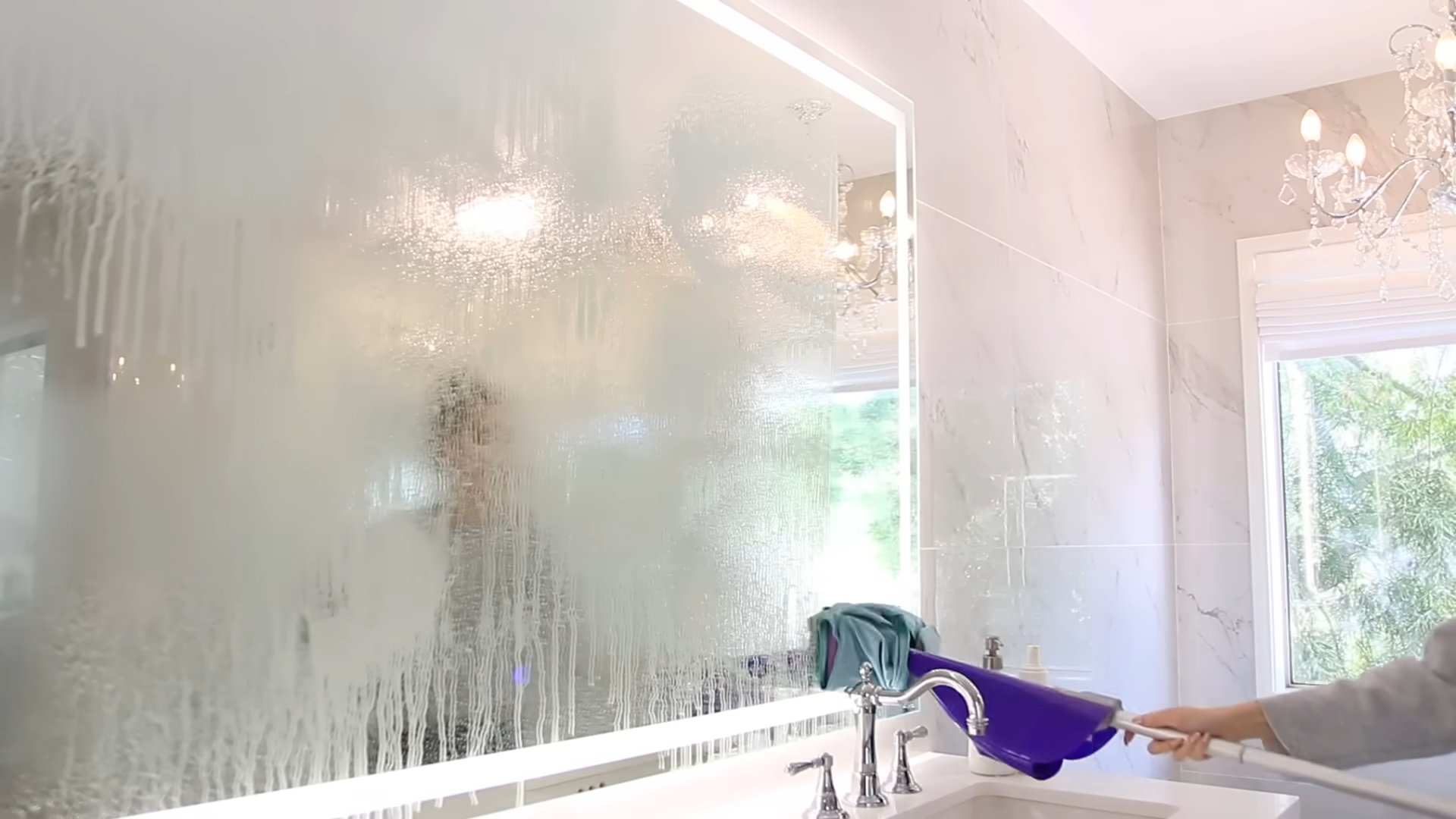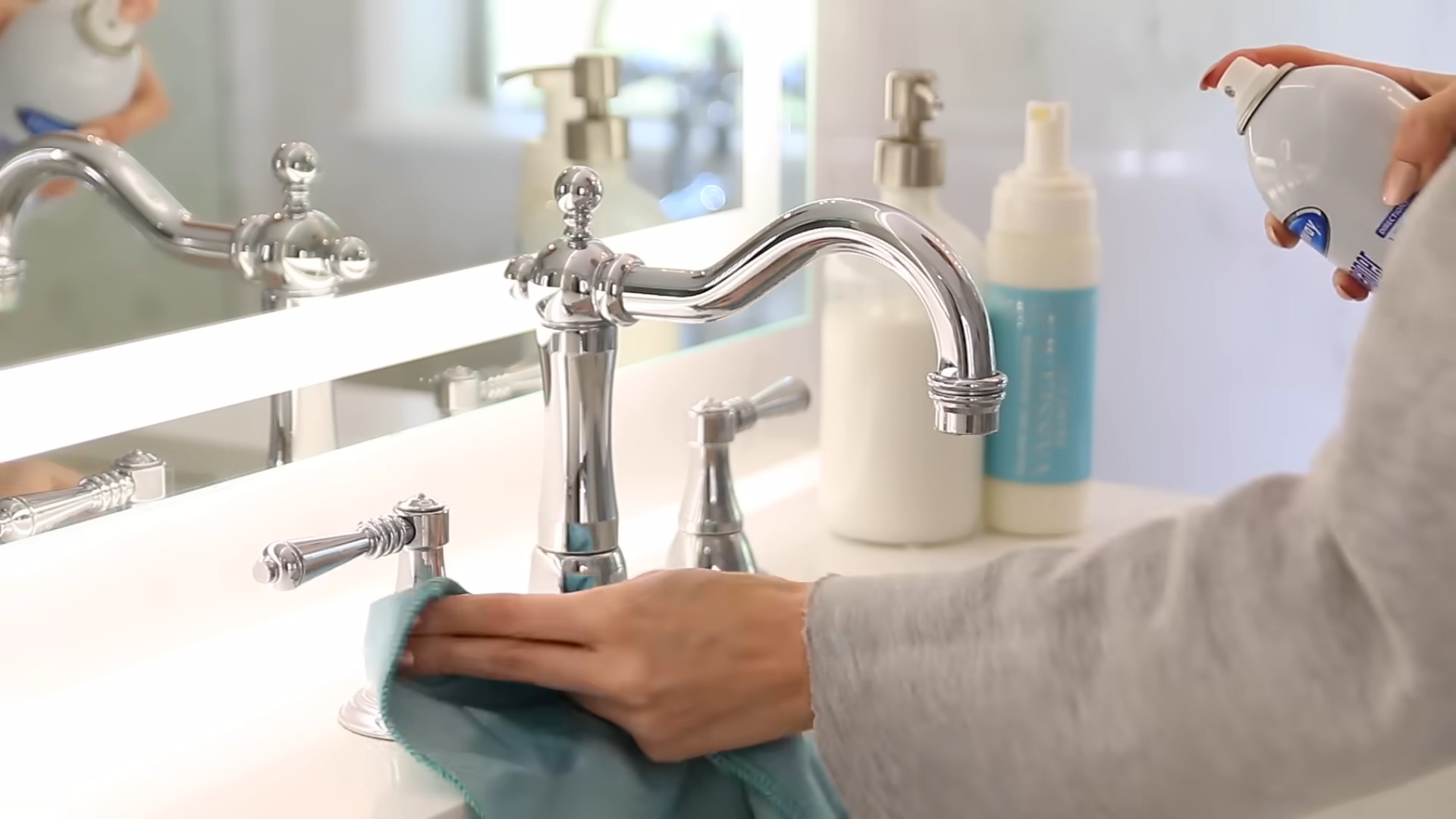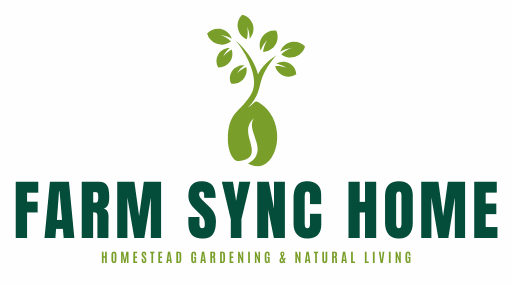Expert cleaning hacks – who doesn’t want them? Let’s face it, cleaning isn’t usually anyone’s favorite pastime. But what if I told you that tackling those tough cleaning tasks could be faster, easier, and even…dare I say…fun? For centuries, people have been developing clever tricks to keep their homes sparkling, from using lemon juice to brighten brass in ancient Rome to employing vinegar as a natural disinfectant in medieval Europe. These time-tested methods have been passed down through generations, evolving into the arsenal of cleaning wisdom we have today.
In our busy modern lives, finding the time and energy for deep cleaning can feel like a monumental challenge. That’s where these expert cleaning hacks come in! They’re designed to save you time, money, and effort, using everyday items you probably already have in your pantry. Imagine spending less time scrubbing and more time enjoying your clean, comfortable home. This article is packed with DIY cleaning solutions and clever shortcuts that will transform your cleaning routine. Get ready to unlock the secrets to a spotless home with minimal fuss!

DIY Expert Cleaning Hacks: Transform Your Home with Simple Tricks!
Okay, let’s dive into some seriously effective cleaning hacks that will make your life easier and your home sparkle. I’ve tried and tested these myself, and trust me, they’re game-changers!
Cleaning Your Microwave Like a Pro
Microwaves are notorious for splatters and stuck-on food. But fear not, this method is super easy and requires minimal effort.
What You’ll Need:
* 1 cup of water
* 1 tablespoon of white vinegar or lemon juice
* Microwave-safe bowl
* Sponge or cloth
Step-by-Step Instructions:
1. Prepare the Cleaning Solution: In your microwave-safe bowl, combine the water and vinegar (or lemon juice). The vinegar/lemon helps loosen the grime.
2. Microwave the Solution: Place the bowl in the microwave and heat it on high for 5-7 minutes. You want the solution to boil and create steam. This steam is what will loosen all the gunk inside.
3. Let it Stand: Once the timer goes off, don’t open the microwave immediately! Let it sit for another 3-5 minutes. This allows the steam to really work its magic.
4. Wipe it Clean: Carefully remove the bowl (it will be hot!). Then, using your sponge or cloth, wipe down the inside of the microwave. You’ll be amazed at how easily the grime comes off. For stubborn spots, you might need a little extra elbow grease.
5. Clean the Turntable: Remove the turntable and wash it with warm, soapy water. Rinse and dry thoroughly before placing it back in the microwave.
Reviving Your Showerhead with Vinegar
Hard water deposits can clog your showerhead, reducing water pressure and making your shower less enjoyable. This vinegar soak will dissolve those deposits and restore your showerhead to its former glory.
What You’ll Need:
* White vinegar
* Plastic bag (a Ziploc bag works great)
* Rubber band or twist tie
* Old toothbrush
Step-by-Step Instructions:
1. Fill the Bag with Vinegar: Pour enough white vinegar into the plastic bag to completely submerge the showerhead.
2. Secure the Bag: Carefully position the bag over the showerhead, ensuring the showerhead is fully immersed in the vinegar. Use the rubber band or twist tie to secure the bag tightly around the showerhead neck.
3. Soak Overnight: Let the showerhead soak in the vinegar overnight (or for at least a few hours). This gives the vinegar ample time to dissolve the mineral deposits.
4. Remove and Rinse: Remove the bag and discard the vinegar. Turn on the shower and let the water run for a few minutes to flush out any remaining vinegar and loosened deposits.
5. Scrub Away Stubborn Deposits: If you still see some stubborn deposits, use an old toothbrush to gently scrub them away.
6. Enjoy Your Refreshed Showerhead: That’s it! Your showerhead should now be clean and have improved water pressure.
Cleaning Your Grout Like a Pro
Dirty grout can make your entire bathroom or kitchen look dingy. This baking soda and vinegar paste is a powerful and natural way to brighten your grout lines.
What You’ll Need:
* Baking soda
* White vinegar
* Old toothbrush or grout brush
* Spray bottle (optional)
* Water
Step-by-Step Instructions:
1. Prepare the Baking Soda Paste: In a small bowl, mix baking soda with just enough water to form a thick paste.
2. Apply the Paste: Apply the baking soda paste to the grout lines. You can use your fingers or a small spatula to spread it evenly.
3. Spray with Vinegar: Fill a spray bottle with white vinegar. Spray the vinegar onto the baking soda paste. You’ll see it fizz – that’s the chemical reaction working to break down the dirt and grime. If you don’t have a spray bottle, you can carefully pour the vinegar onto the paste.
4. Let it Sit: Let the mixture sit for 5-10 minutes.
5. Scrub the Grout: Use an old toothbrush or grout brush to scrub the grout lines. Apply some pressure and scrub in a back-and-forth motion.
6. Rinse Thoroughly: Rinse the grout lines with clean water. You can use a damp sponge or cloth to wipe away any remaining baking soda residue.
7. Dry and Admire: Dry the grout lines with a clean towel. You’ll be amazed at how much brighter they look!
Deodorizing Your Garbage Disposal
Garbage disposals can get pretty stinky. Here’s a simple way to freshen them up.
What You’ll Need:
* Ice cubes
* Lemon or lime wedges
* Salt
Step-by-Step Instructions:
1. Prepare the Ingredients: Gather a handful of ice cubes, a few lemon or lime wedges, and a tablespoon of salt.
2. Toss it In: Turn on the cold water and let it run at a steady stream.
3. Grind it Up: Toss the ice cubes, lemon/lime wedges, and salt into the garbage disposal. Turn on the disposal and let it run until all the ice is ground up.
4. Rinse and Repeat (if needed): The ice helps to scrub the blades, the citrus deodorizes, and the salt helps to break down any grease or grime. If the disposal is still a bit smelly, repeat the process.
Cleaning Your Blender Like a Pro
Blenders can be a pain to clean, especially after making smoothies or sauces. This trick makes it a breeze!
What You’ll Need:
* Warm water
* Dish soap
Step-by-Step Instructions:
1. Fill with Water: Immediately after using your blender, fill it about halfway with warm water.
2. Add Soap: Add a squirt of dish soap to the water.
3. Blend: Secure the lid and blend on high speed for about 30-60 seconds.
4. Rinse Thoroughly: Pour out the soapy water and rinse the blender thoroughly with clean water.
5. Air Dry: Let the blender air dry completely before storing it.
Removing Water Stains from Wood Furniture
Those pesky white rings left by glasses on your wood furniture can be frustrating. Here’s a simple solution.
What You’ll Need:
* Hair dryer
* Soft cloth
Step-by-Step Instructions:
1. Set the Hair Dryer: Set your hair dryer to a low or medium heat setting.
2. Apply Heat: Hold the hair dryer a few inches away from the water stain and move it back and forth over the stain.
3. Wipe with Cloth: As the heat is applied, gently wipe the stain with a soft cloth.
4. Repeat if Necessary: Continue applying heat and wiping until the water stain disappears. It may take a few minutes, so be patient.
5. Buff the Area: Once the stain is gone, buff the area with a clean, dry cloth to restore the shine.
Cleaning Burnt Food from Pots and Pans
Burnt food stuck to the bottom of your pots and pans? Don’t despair! This method will help you loosen it without excessive scrubbing.
What You’ll Need:
* Baking soda
* Water
* Dish soap
* Sponge or scouring pad
Step-by-Step Instructions:
1. Coat the Bottom: Sprinkle a generous amount of baking soda over the burnt food in the pot or pan.
2. Add Water: Add enough water to cover the burnt food.
3. Bring to a Boil: Bring the water to a boil on the stovetop.
4. Simmer: Reduce the heat and let the mixture simmer for 10-15 minutes.
5. Let it Cool: Remove the pot or pan from the heat and let it cool completely.
6. Scrub Away: Once cooled, use a sponge or scouring pad to scrub away the loosened burnt food. You may need to use a little elbow grease, but the baking soda and boiling water should have made it much easier.
7. Wash as Usual: Wash the pot or pan with dish soap and water as usual.
Freshening Up Your Mattress
Mattresses can harbor dust mites and odors. This simple baking soda treatment will freshen it up.
What You’ll Need:
* Baking soda
* Vacuum cleaner with upholstery attachment
* Essential oil (optional)
Step-by-Step Instructions:
1. Strip the

Conclusion
So, there you have it! This simple yet incredibly effective DIY cleaning trick is more than just a hack; it’s a game-changer for anyone looking to maintain a sparkling clean home without breaking the bank or relying on harsh chemicals. We’ve shown you how to harness the power of readily available ingredients to create a potent cleaning solution that tackles grime, eliminates odors, and leaves your surfaces gleaming.
Why is this DIY cleaning trick a must-try? Because it’s cost-effective, eco-friendly, and remarkably versatile. Think about it: no more trips to the store for expensive, specialized cleaners. No more worrying about the potentially harmful effects of synthetic chemicals on your family and the environment. Instead, you have a safe, natural, and equally effective solution right at your fingertips.
But the beauty of this DIY approach lies not only in its simplicity and effectiveness but also in its adaptability. Feel free to experiment with variations to suit your specific needs and preferences. For instance, if you’re dealing with particularly stubborn stains, consider adding a tablespoon of borax to the mixture for an extra boost of cleaning power. Or, if you prefer a different scent, swap out the essential oil for your favorite fragrance – lavender, lemon, or eucalyptus are all excellent choices. You can even infuse vinegar with citrus peels for a naturally scented cleaning solution.
Remember, the key is to find what works best for you and your home. Don’t be afraid to tweak the recipe, adjust the ratios, and experiment with different ingredients until you achieve the perfect cleaning solution for your needs.
We are confident that once you try this DIY cleaning trick, you’ll be amazed by the results. It’s a simple, sustainable, and satisfying way to keep your home clean and healthy. So, ditch the store-bought cleaners and embrace the power of DIY!
Now, we want to hear from you! Give this DIY cleaning trick a try and let us know what you think. Share your experiences, your variations, and your before-and-after photos in the comments below. We’re eager to learn from your successes and help you troubleshoot any challenges you may encounter. Together, we can create a community of DIY cleaning enthusiasts who are committed to keeping our homes clean, healthy, and sustainable. Let’s revolutionize the way we clean, one DIY trick at a time!
Frequently Asked Questions (FAQs)
What exactly makes this DIY cleaning trick so effective?
The effectiveness of this DIY cleaning trick stems from the synergistic action of its ingredients. Vinegar, a natural acid, excels at cutting through grease, dissolving mineral deposits, and killing bacteria. Baking soda, a mild alkali, acts as a gentle abrasive, helping to scrub away dirt and grime without scratching surfaces. Essential oils not only provide a pleasant scent but also possess antimicrobial and antiseptic properties, further enhancing the cleaning power of the solution. Together, these ingredients create a potent cleaning cocktail that tackles a wide range of household messes.
Is this DIY cleaning trick safe for all surfaces?
While this DIY cleaning trick is generally safe for most surfaces, it’s always a good idea to test it in an inconspicuous area first, especially on delicate or sensitive materials like marble, granite, or wood. The acidity of vinegar can potentially damage these surfaces over time, so it’s best to err on the side of caution. For these surfaces, consider using a milder cleaning solution, such as a mixture of water and dish soap.
Can I use this DIY cleaning trick on my clothes?
Yes, you can use this DIY cleaning trick on your clothes, but with some caveats. Vinegar is a natural fabric softener and can help remove odors and stains. However, it’s important to dilute the vinegar properly and avoid using it on delicate fabrics like silk or wool. Baking soda can also be used to brighten whites and remove stains, but it’s best to test it on a small, hidden area of the fabric first to ensure it doesn’t cause any discoloration.
How long will the DIY cleaning solution last?
The DIY cleaning solution can typically last for several weeks when stored in an airtight container in a cool, dark place. However, it’s best to use it within a month or two to ensure its effectiveness. Over time, the essential oils may lose their potency, and the baking soda may settle to the bottom of the container. If you notice any changes in the appearance or smell of the solution, it’s best to discard it and make a fresh batch.
Can I use different essential oils in this DIY cleaning trick?
Absolutely! Feel free to experiment with different essential oils to create a cleaning solution that suits your personal preferences. Lavender, lemon, eucalyptus, tea tree, and peppermint are all excellent choices for their cleaning and disinfecting properties. Just be sure to use pure, high-quality essential oils for the best results.
What if I don’t have essential oils? Can I still make this DIY cleaning solution?
Yes, you can still make this DIY cleaning solution without essential oils. While essential oils add a pleasant scent and some additional cleaning power, they are not essential to the effectiveness of the solution. You can simply omit them or substitute them with a few drops of your favorite fragrance oil.
How often should I use this DIY cleaning trick?
The frequency with which you use this DIY cleaning trick will depend on your individual cleaning needs and preferences. For general cleaning, you can use it as often as you would use any other cleaning solution. For tougher stains or messes, you may need to use it more frequently or let it sit for a longer period of time before wiping it away.
Is this DIY cleaning trick safe for pets and children?
Yes, this DIY cleaning trick is generally safe for pets and children, as it does not contain any harsh chemicals or toxins. However, it’s still important to keep the solution out of reach of children and pets, as ingestion could cause irritation or discomfort. If you are concerned about potential allergies or sensitivities, it’s always a good idea to consult with your veterinarian or pediatrician before using the solution around your pets or children.
What are some other uses for this DIY cleaning trick?
This DIY cleaning trick is incredibly versatile and can be used for a wide range of cleaning tasks around the home. Here are just a few examples:
* Cleaning countertops and sinks
* Scrubbing bathtubs and showers
* Wiping down appliances
* Cleaning floors (except for delicate surfaces like marble or wood)
* Removing stains from carpets and upholstery
* Freshening up garbage disposals
* Cleaning toilets
What if I don’t have vinegar? Can I substitute it with something else?
While vinegar is a key ingredient in this DIY cleaning trick, you can substitute it with lemon juice in a pinch. Lemon juice has similar acidic properties to vinegar and can be used to cut through grease and dissolve mineral deposits. However, lemon juice may not be as effective as vinegar for killing bacteria, so it’s best to use it in conjunction with other disinfecting agents, such as essential oils.
How does this DIY cleaning trick compare to commercial cleaning products?
This DIY cleaning trick offers several advantages over commercial cleaning products. It’s more cost-effective, eco-friendly, and safer for your family and the environment. Commercial cleaning products often contain harsh chemicals, synthetic fragrances, and other potentially harmful ingredients that can irritate your skin, lungs, and eyes. This DIY cleaning trick, on the other hand, is made with natural, readily available ingredients that are gentle yet effective. Plus, you have complete control over the ingredients, so you can customize the solution to suit your specific needs and preferences.





Leave a Comment